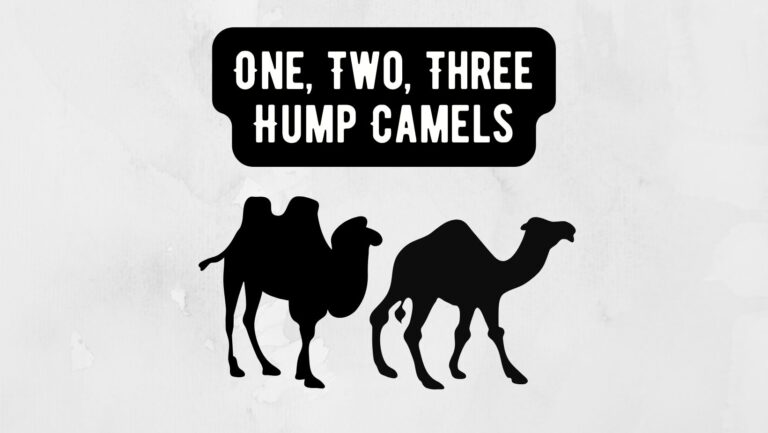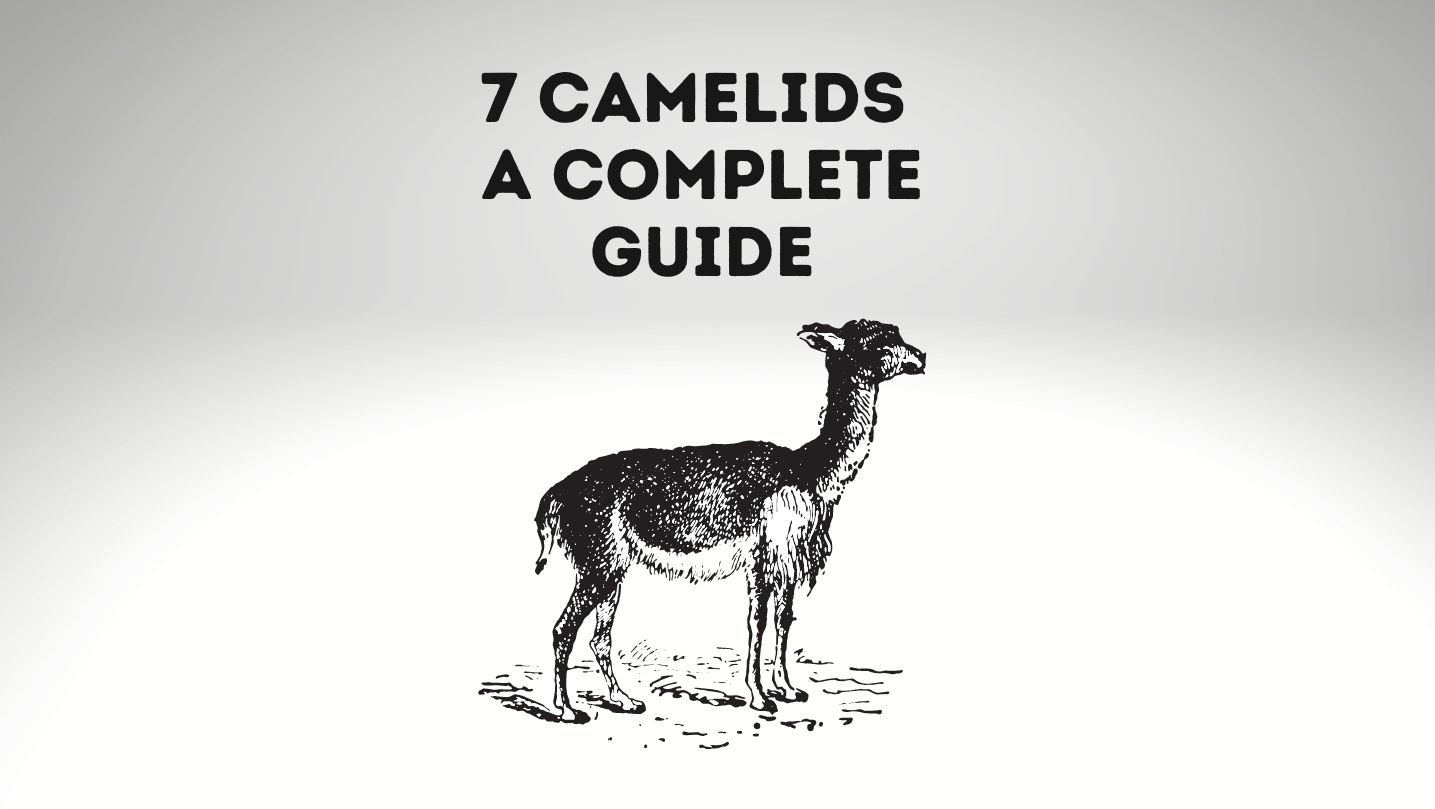
The Camelidae are a family of mammals that includes camels, llamas, alpacas, and vicuñas. These animals are all native to the Americas, and most of them live in warm climates. The Camelidae evolved from a group of even-toed ungulates (hoofed mammals) called the Artiodactyla. This family also includes pigs, deer, cows, and sheep.
The first camelids appeared in North America about 40 million years ago. They spread to South America about 3 million years ago. Today, there are five living camelid species: two species of camels (the dromedary and the Bactrian camel), two species of llamas (the guanaco and the vicuña), and one species of alpaca.
The camelids are well-adapted to life in arid environments. They have long legs and necks that help them reach food and water sources that other animals cannot reach. They also have wide feet that help them walk on sand without sinking. Camels can go for long periods of time without drinking water; they get most of the moisture they need from the plants they eat.
Camelids are herbivores (plant-eaters). They eat a variety of plants, including grasses, shrubs, and cacti. Some camelids, such as the vicuña, are able to digest tough plant fibers that other animals cannot — this ability is known as phytophagy. lets Discuss a bit more about these amazing creatures.
Post Contents
- 1 The Camelid Species
- 2 1) Dromedary (Arabian Camel)
- 3 2) Bactrian Camel (Mongolian camel)
- 4 3) Wild Bactrian Camel (Wild Mongolian Camels)
- 5 4) Llamas (Lama glama)
- 6 5) Alpacas (Vicugna pacos)
- 7 6) Vicunas (Vicugna vicugna)
- 8 7) Guanacos ( Lama guanicoe)
- 9 Personal Traits and Curiosities of Each Camelid
- 10 What Do Camelids Eat?
- 11 Where and How Do Camelids Live?
- 12 Concluding Thoughts
The Camelid Species
There are six species of camelid: the dromedary, or one-humped camel, the Bactrian, or two-humped camel, the wild Bactrian camel, the llama, the alpaca, and the guanaco.
All Camelids are even-toed ungulates – meaning they have two hooves on each foot – and are therefore related to other such animals as pigs, sheep, and cows.
The dromedary camel is the largest and most common camelid. It is found throughout the Middle East, North Africa, and parts of Asia. The Bactrian camel is found in Central Asia and parts of Europe.
Let’s Discuss each camelid further in this post.
1) Dromedary (Arabian Camel)
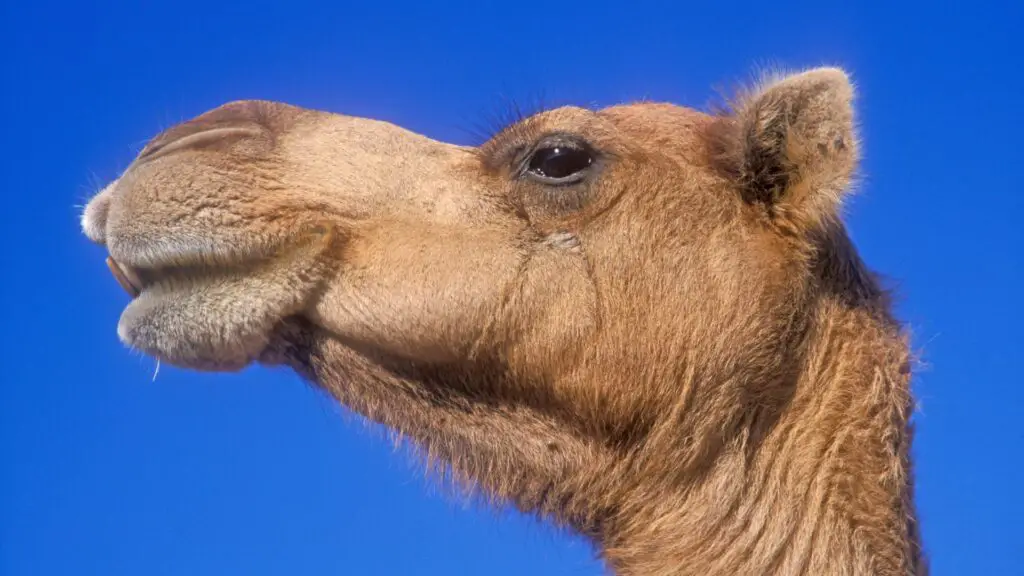
The dromedary, also called the Arabian camel, is a large, humped mammal that lives in deserts throughout the Middle East and northern Africa.
These camels are well-adapted to their harsh environment, and able to go without food or water for long periods of time.
Dromedaries are used as pack animals and for transportation in many desert cultures. They are also a milk and meat source for people in these regions.
2) Bactrian Camel (Mongolian camel)

The Bactrian camel is a species of the camel found in Central Asia. The name “Bactrian” comes from the ancient historical region of Bactria. These camels are well-adapted to the cold, dry climate of the Gobi Desert and can withstand temperatures as low as -40 degrees Fahrenheit.
As its name suggests, it is native to the Bactria region in Central Asia. Unlike dromedaries, Bactrian camels have two humps on their back. These humps also store water and fat reserves to help them survive in arid conditions.
However, due to their double hump configuration, Bactrian camels can actually store more water than dromedaries. Bactrian camels are also used extensively by humans as pack animals but are not as commonly used for transportation as dromedaries.
3) Wild Bactrian Camel (Wild Mongolian Camels)
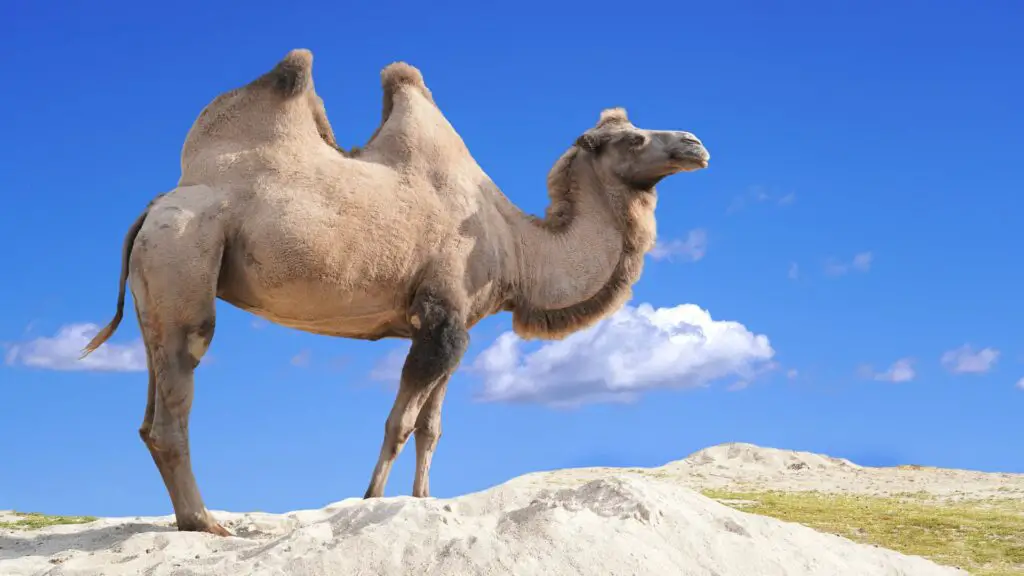
The Wild Bactrian Camel is found in the Gobi and Taklamakan Deserts of Mongolia and China. These camels are well-adapted to life in the desert, with long legs and wide feet that help them travel over sand without sinking.
They can also go for long periods without drinking water, thanks to their ability to store water in their humps.
The Wild Bactrian Camel is an endangered species, with only about 1,000 animals remaining in the wild. They are threatened by habitat loss and hunting.
4) Llamas (Lama glama)
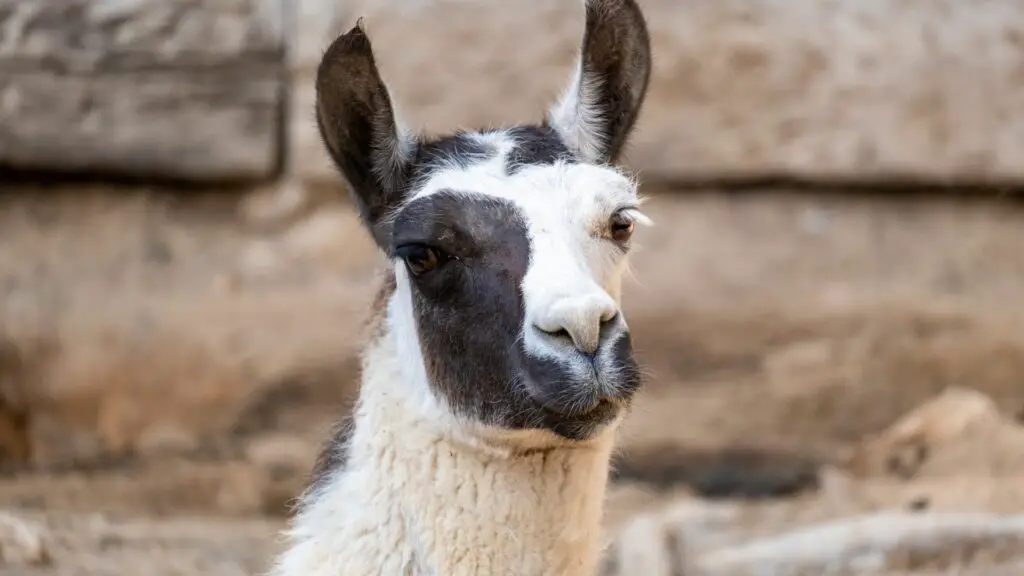
Llamas are a domesticated South American camelid, used as a pack animal by the indigenous people of the Andes. Llamas are very social animals and live in herds of up to 100 individuals. They are intelligent and can be trained to perform a variety of tasks.
Llamas are herbivores and their diet consists mainly of grasses and shrubs. They have a three-chambered stomach which allows them to digest their food thoroughly. Llamas are considered very efficient grazers and can convert low-quality vegetation into high-quality meat and fiber.
The wool of llamas is very soft and durable, making it ideal for use in clothing and blankets. Their skins are also used to make rugs, bags, and other leather goods. Llama meat is considered a delicacy in some parts of South America, and their organs are used in traditional medicine.
5) Alpacas (Vicugna pacos)
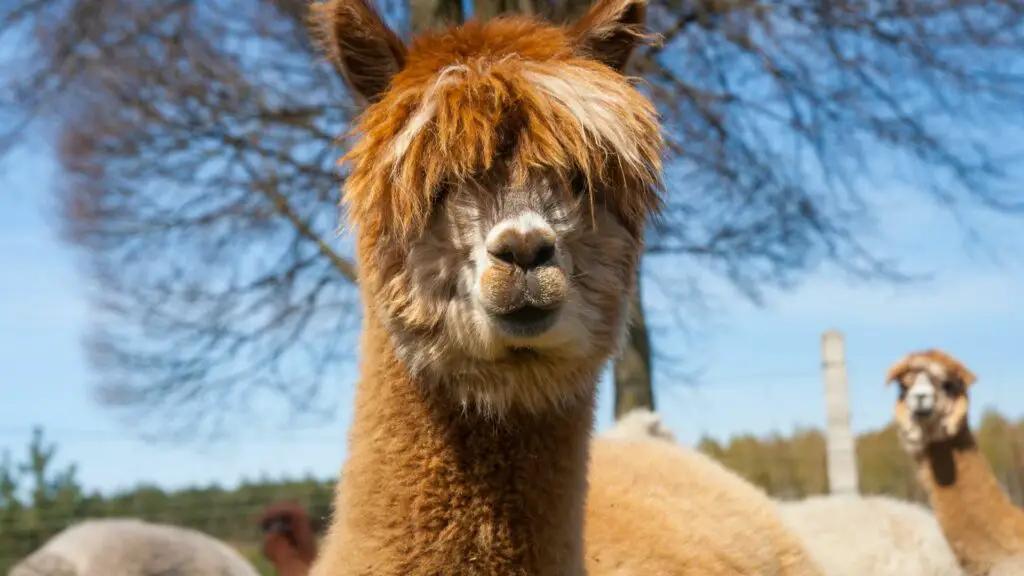
Alpacas (Vicugna pacos) are native to the high plains of the Andes Mountains in South America. They were domesticated by the ancient Inca civilization and were used for their wool, which was prized for its softness and warmth. Alpacas are smaller than llamas and have shorter necks and legs.
They are herbivores and their diet consists mainly of grasses, but they will also eat small amounts of fruit and vegetables. Alpacas are very efficient grazers and can convert low-quality vegetation into high-quality meat and fibre.
They come in a variety of colors, including white, black, brown, and gray. Alpacas are herbivores and live on a diet of grasses and other vegetation. They are social animals and live in herds of 10-20 individuals.
6) Vicunas (Vicugna vicugna)
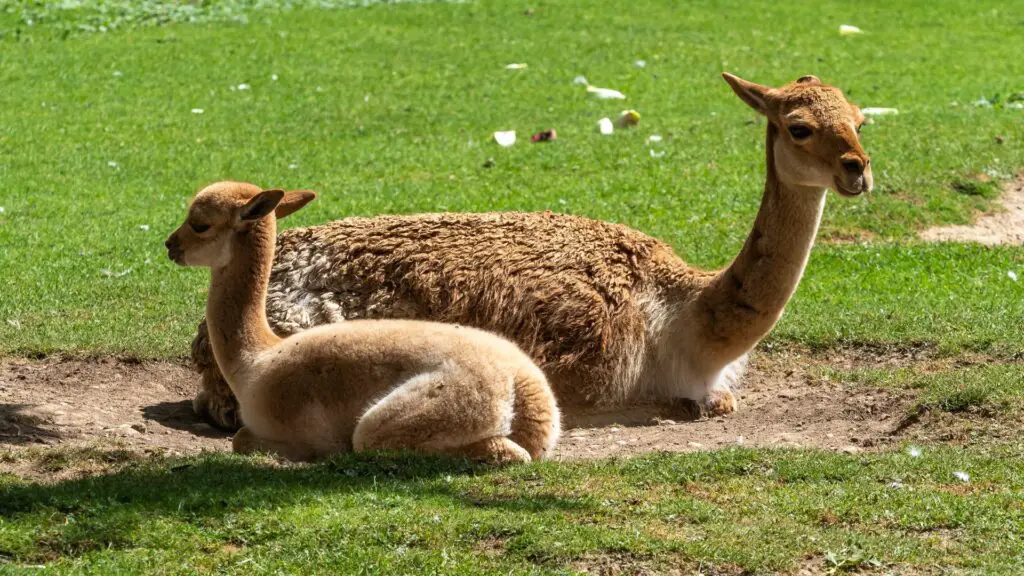
Vicunas (Vicugna vicugna) are a species of camelid native to South America. They are the smallest and most delicate of the camelids, with a slender build and long legs. Their coat is light brown in color, with a dark brown stripe running down the center of their back.
Vicunas are herbivores and their diet consists mainly of grasses, but they will also eat small amounts of fruit and vegetables. They are social animals and live in herds of 10-20 individuals.
Vicunas are found in the highlands of Peru, Bolivia, and Chile. They live in herds of up to 100 individuals, and feed on grasses and other vegetation. Vicunas are hunted for their valuable fur, which is used to make clothing and other items.
7) Guanacos ( Lama guanicoe)
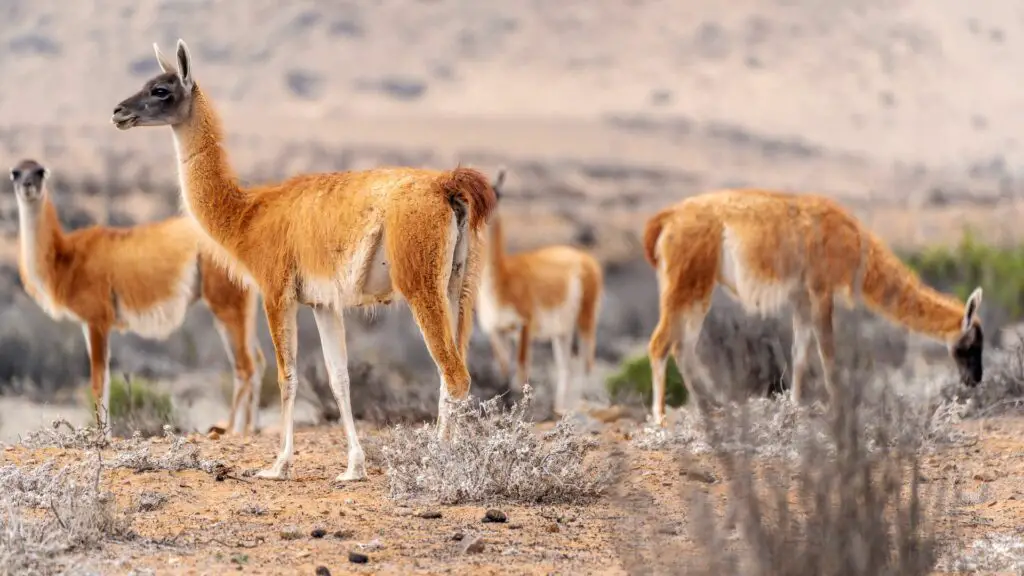
Lama guanicoe, more commonly known as the guanaco, is a camelid native to South America. The guanaco is the largest and most widespread of camelids, with over 500,000 animals.
The guanaco is a vital part of the ecosystem in its native habitat and is an essential source of food for many animals, including humans.
The guanaco is a herbivore whose diet consists mainly of grasses but will also eat small amounts of fruit and vegetables. Guanacos are social animals and live in herds of up to a dozen individuals.
The hide of the guanaco is used to make leather goods, and the meat is considered a delicacy in many parts of South America.
Personal Traits and Curiosities of Each Camelid
There are many different camelid species, each with its own unique set of personal traits and curiosities.
For example, the dromedary camel is well-known for its hump, which it uses to store fat and water. This helps the dromedary camel survive in hot, dry climates. Another attractive trait of the dromedary camel is its long eyelashes, which help protect its eyes from blowing sand and dust.
The llama is another popular camelid species. Llamas are very social animals and enjoy living in groups. They are also very curious creatures, often sticking their noses into things they shouldn’t! This can sometimes get them into trouble, but it also means that llamas are always learning new things. Llamas are also excellent guardians and will fiercely protect their flock from predators.
The alpaca is another member of the camelid family. Like llamas, alpacas are social animals that live in herds. Alpacas are native to the mountainous regions of South America, and their thick wool coat helps protect them from the cold weather. Alpacas are gentle creatures by nature, but they can also be quite stubborn sometimes!
The vicuna is another interesting camelid species. Vicunas are the most petite and most delicate of the camelids, with a slender build and long legs. Their coat is light brown in color, with a dark brown stripe running down the center of their back.
What Do Camelids Eat?
Camelids are herbivores whose diet consists mainly of grasses, but they will also eat small amounts of fruit and vegetables.
They have a three-chambered stomach that allows them to digest their food correctly. In their arid habitats, camelids also consume large amounts of water to stay hydrated.
Where and How Do Camelids Live?
Camelids are native to the highlands of Peru, Bolivia, and Chile. They live in herds of up to 100 individuals and feed on grasses and other vegetation. Camelids are hunted for their valuable fur, which is used to make clothing and other items.
All camelids share a common set of characteristics. They are all able to walk on their toes (unguligrade), rather than on the pads of their feet (plantigrade). This gives them greater mobility and speed over rough terrain. They also all have a unique set of upper teeth, which includes incisors that grow in a spiral pattern. These teeth allow them to bite into tough plant leaves effectively and stems.
Camelids are also distinguished by their long necks and legs, as well as their ample stomachs. These adaptations help them to reach food that other animals cannot access and also enable them to travel long distances without tiring. Another essential adaptation is the presence of a thick layer of fat beneath their skin, which helps to insulate them from extreme temperatures and provides energy during food scarcity.
Concluding Thoughts
The Camelids are a fascinating and unique family of mammals, and there is still much to learn about them. They have many adaptations that enable them to live in a wide variety of habitats, and they play an important role in the ecosystems where they live.
As we continue to learn more about camelids, we will be able to appreciate better their importance in the world and how we can best conserve them for future generations.
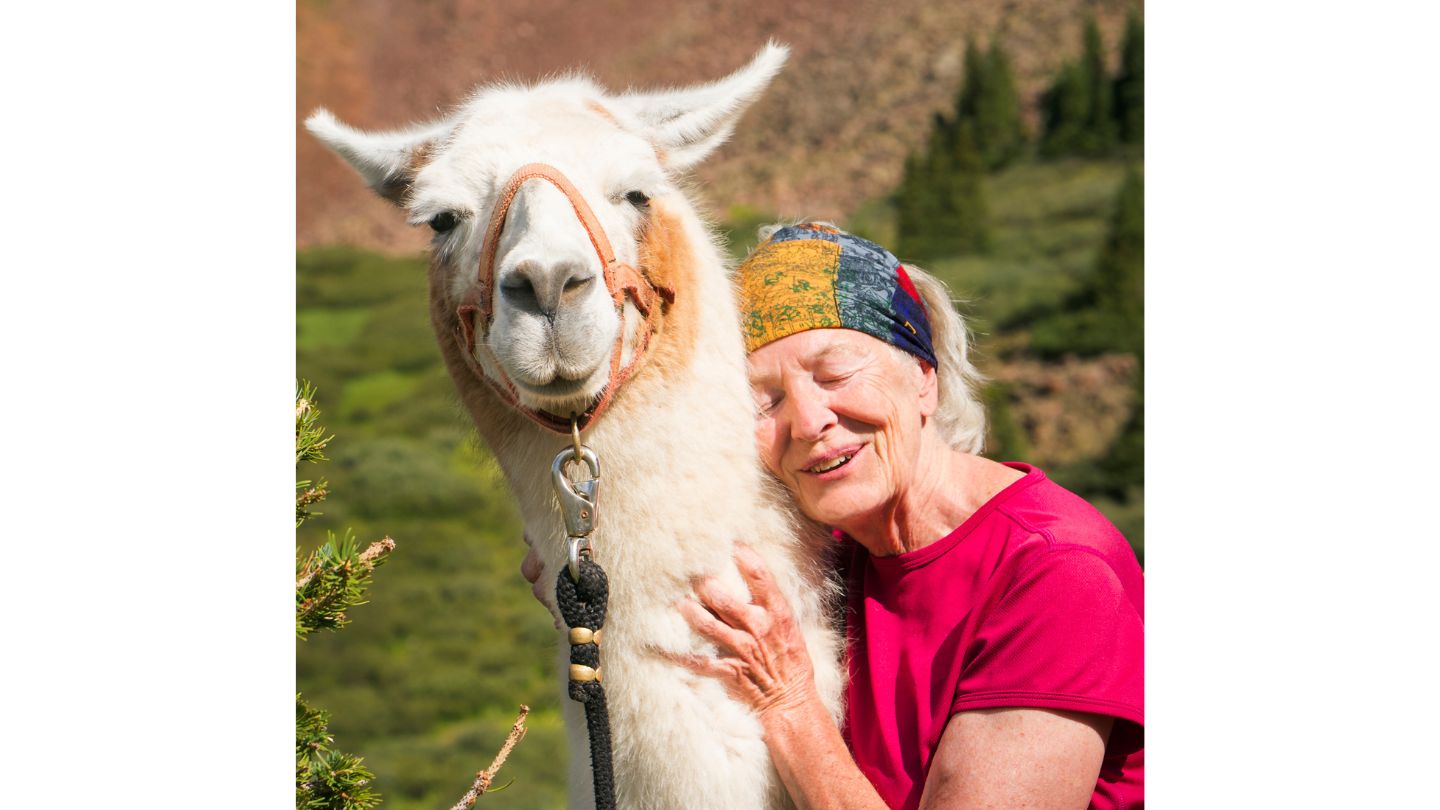
Hi, I am Dale. My husband and I bought our first llama, an 18-month-old male llama, Pumpernickel, in 1984. Since then, they are evergrowing; LlamaWeb is intended to provide information about llamas for people interested in these South American camelids.

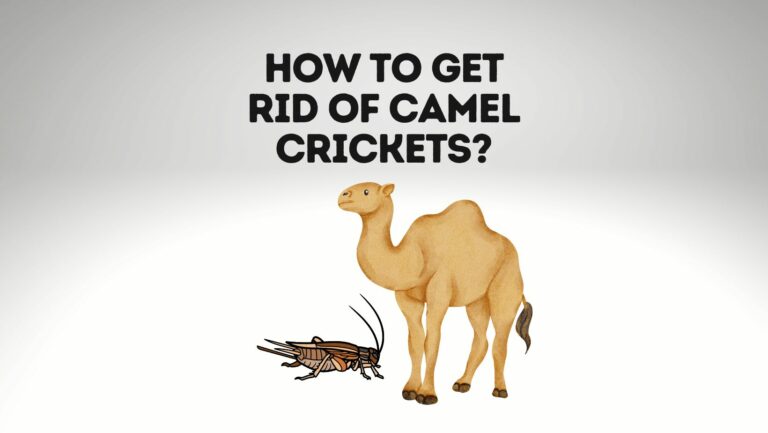

![Raw Camel Milk [Legality, the FDA and Regulations]](https://llamaweb.com/wp-content/uploads/2023/02/Raw-Camel-Milk-768x433.jpg)
